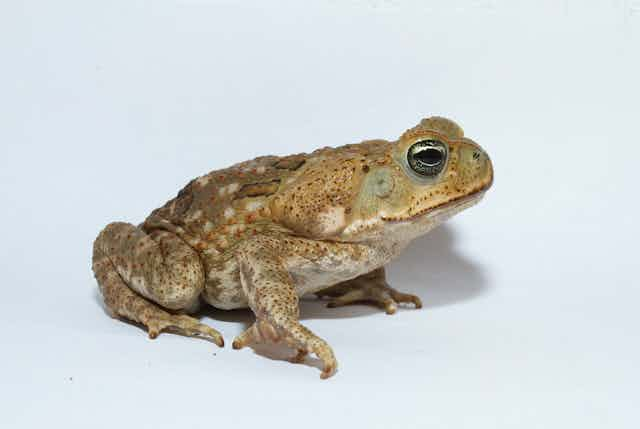New research on invasive species has cast doubt on the prevailing theory developed by Charles Darwin, giving us a new way to predict and model species when they are introduced.
Invasive animals such as cane toads, cats and foxes have been a disaster for Australia, decimating native wildlife and causing numerous extinctions. Invasive weeds throttle native vegetation and destroy habitat.
Experts say the new model can be used to better target invasive species management and prevent future disastrous introductions.
Charles Darwin, who co-developed the theory of evolution by natural selection, theorised that the invasiveness of a species is determined by how closely related the new species is to species already living in a habitat.
Known now as “Darwin’s naturalisation conundrum”, he thought that if the new species is closely related it would have a tough time establishing.
On the other hand, species not closely related to those already in the habitat would establish more easily, and might become invasive.
Michael Renton, plant biologist at University of Western Australia, explained Darwin’s theory:
“If the species is more distantly related to species within the community, it will be more likely to be invasive, because it will have different natural enemies.”
But the new research, published today in PNAS, suggests degree of relationship is not the most important factor.
William Feeney, PhD candidate at Australian National University, explained why:
“It’s suggesting that these things may be more complicated than we have given them credit for. Basically it’s showing that the evolutionary history of the interactions between species in a population could affect the likelihood of that population being successfully invaded by a new species.
"If there’s a lot of competition between species in a population, an invasive species could be at a disadvantage upon arrival and not do too well, compared to an ecosystem with less competition.”
Feeney has studied the relationship between cuckoos and their hosts, which demonstrates how this might work.
“Brood parasites (such as cuckoos) lay their eggs in the nests of other birds. That selects for egg rejection by their hosts and egg mimicry by the parasite.
"If a new (invasive) species cuckoo was to try and start parasitising a host species that already has a history with another cuckoo species, it could have a lot of trouble as its eggs would probably look different to the host’s and be rejected. To predict how susceptible an area is to an invasive species it’s helpful to have an idea of if there’s a lot of competition between species in the population.”
Professor Renton said models such as these can be used to manage invasive species.
“If we can predict that the weed is likely to spread very fast and that efforts to eradicate are not likely to have much effect, then we can conclude that unfortunately there’s little we can do.
"For other situations, because of the way the organism works, it’s likely to be quite cost-effective to employ some eradication strategies.
"For example if a nursery wants to bring in a new plant species, we need to know if it poses a threat if it escapes. If we use a simplistic approach based on Darwin’s theory – that anything that is not related to species in Australia – then we might miss species that are actually going to be a big problem.”

